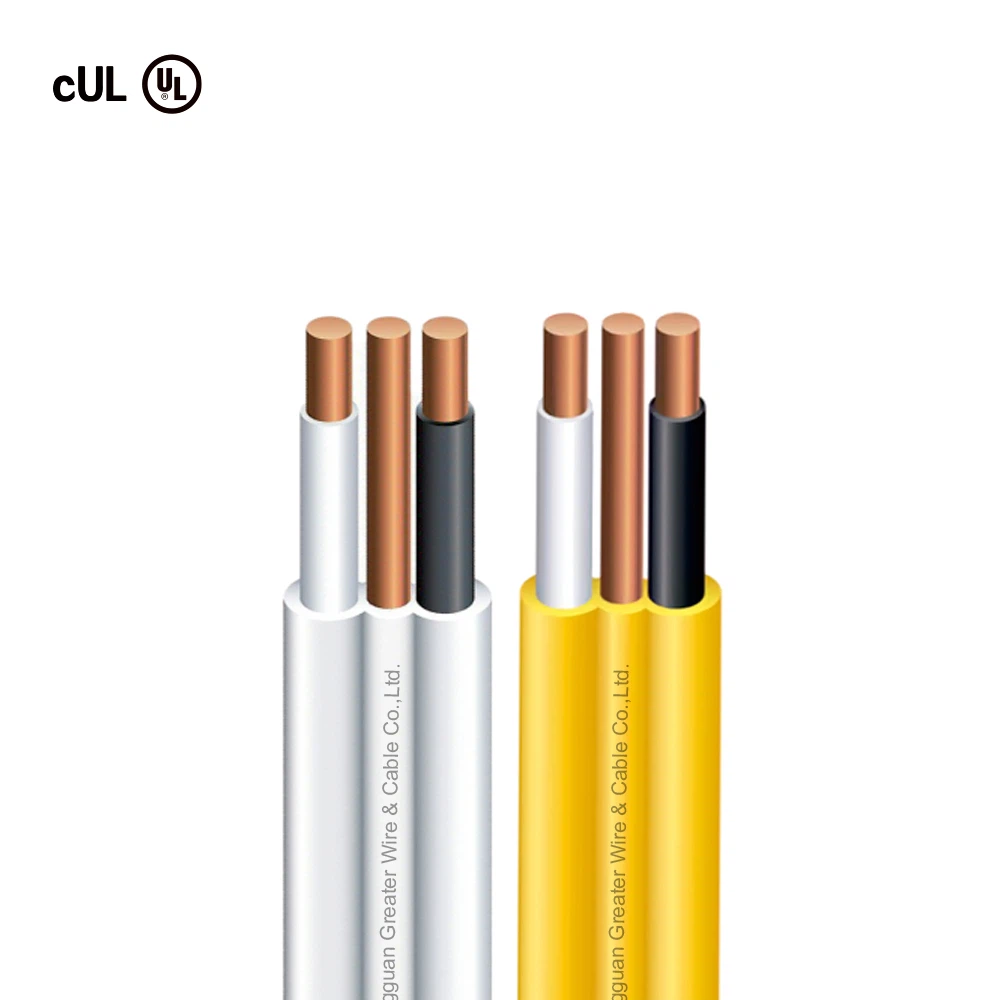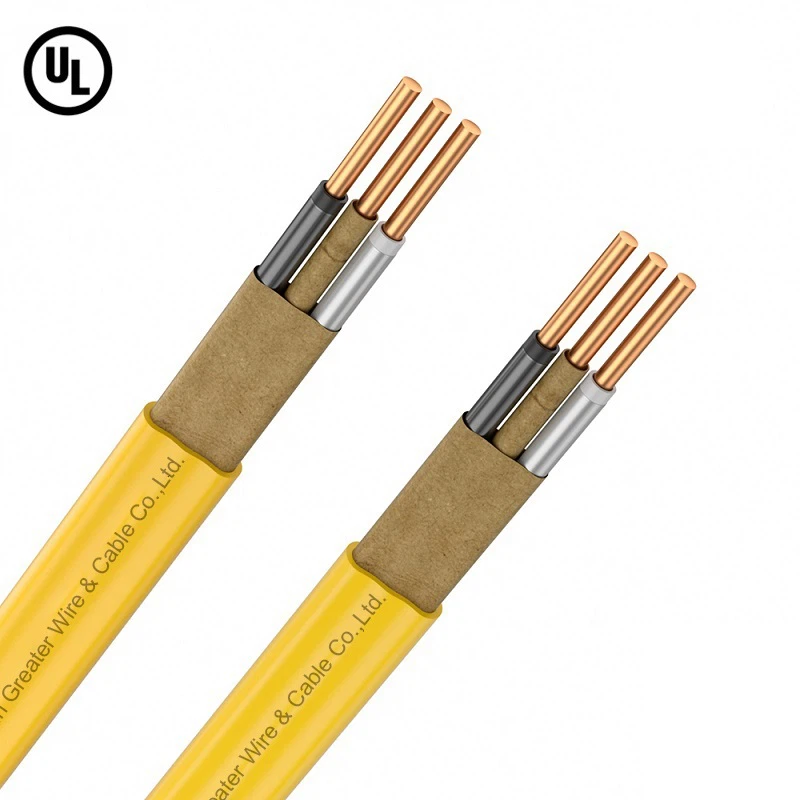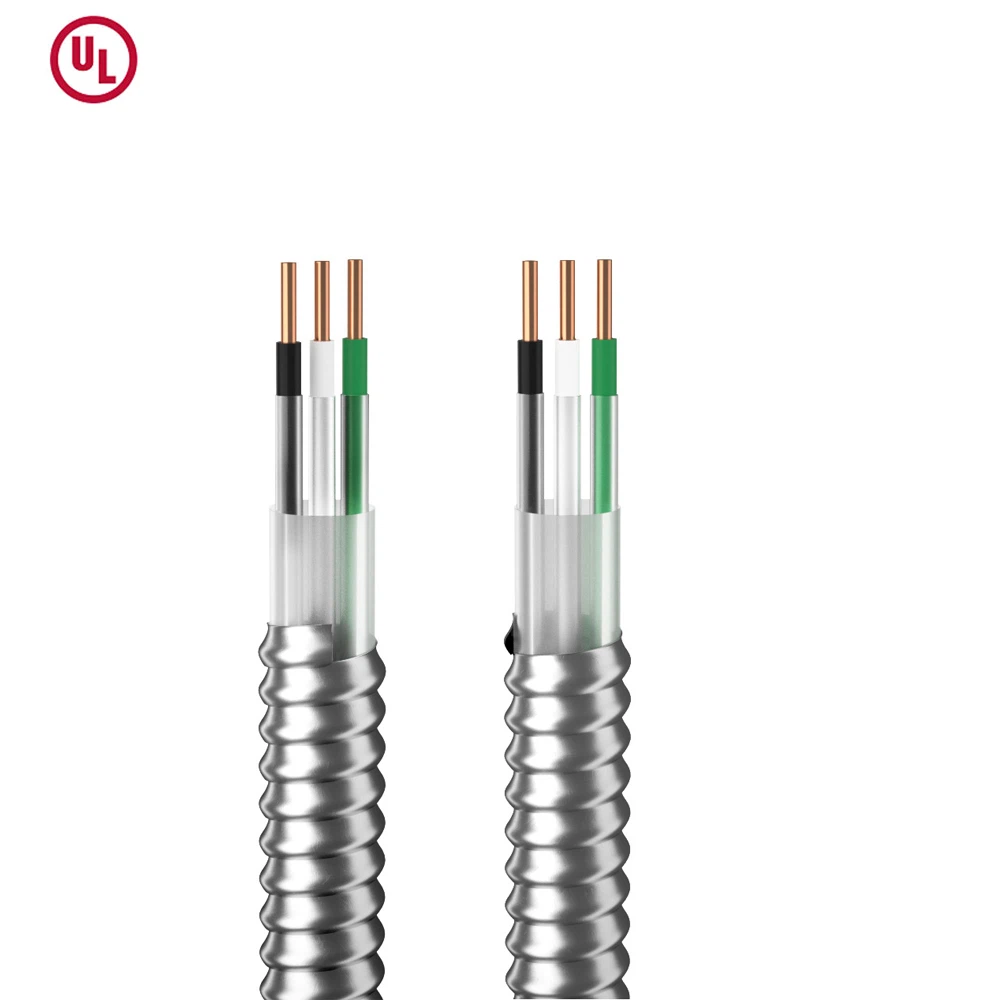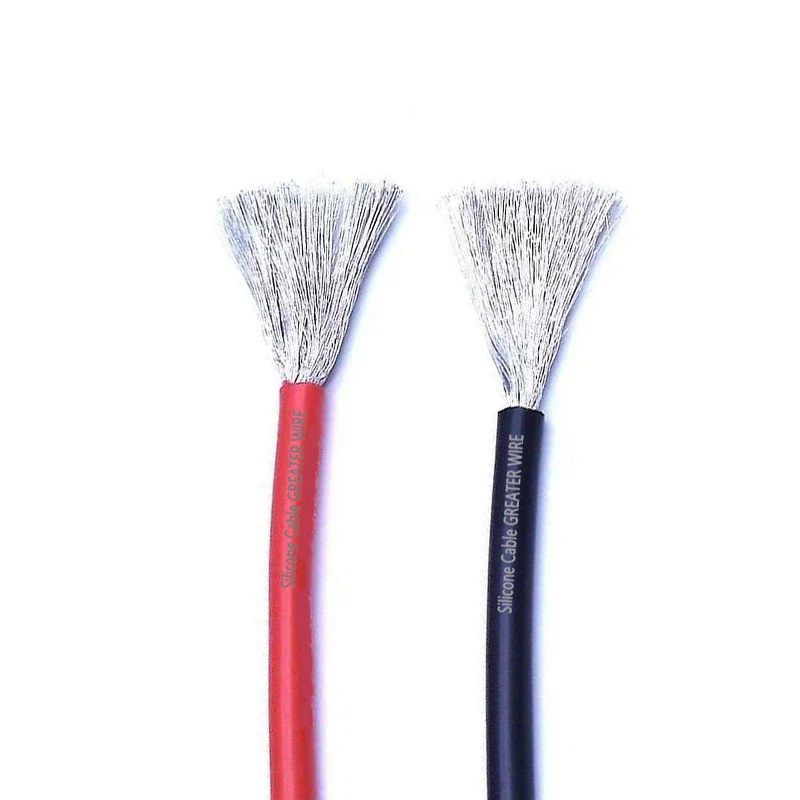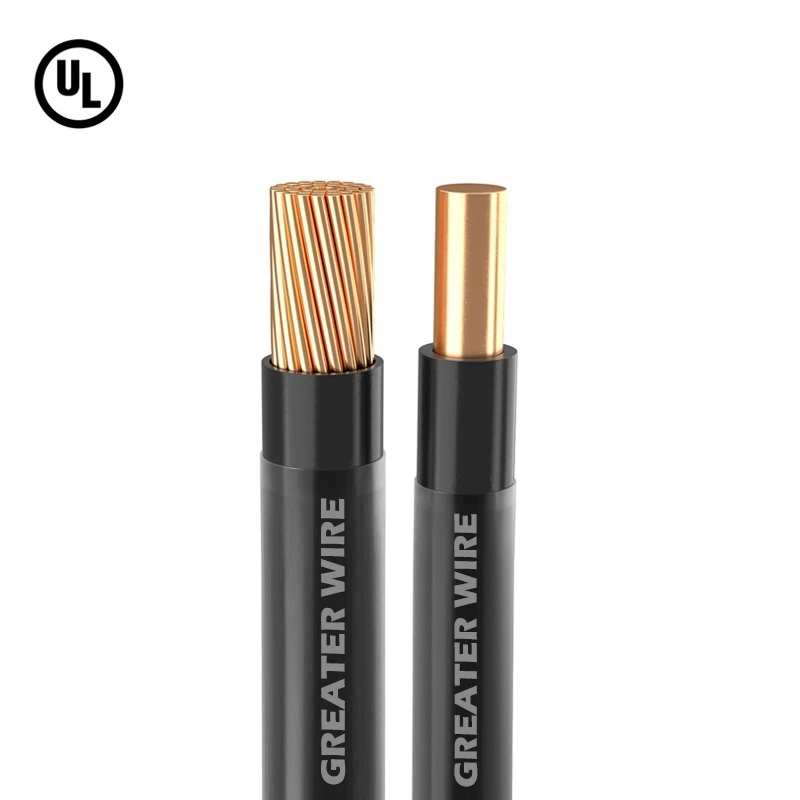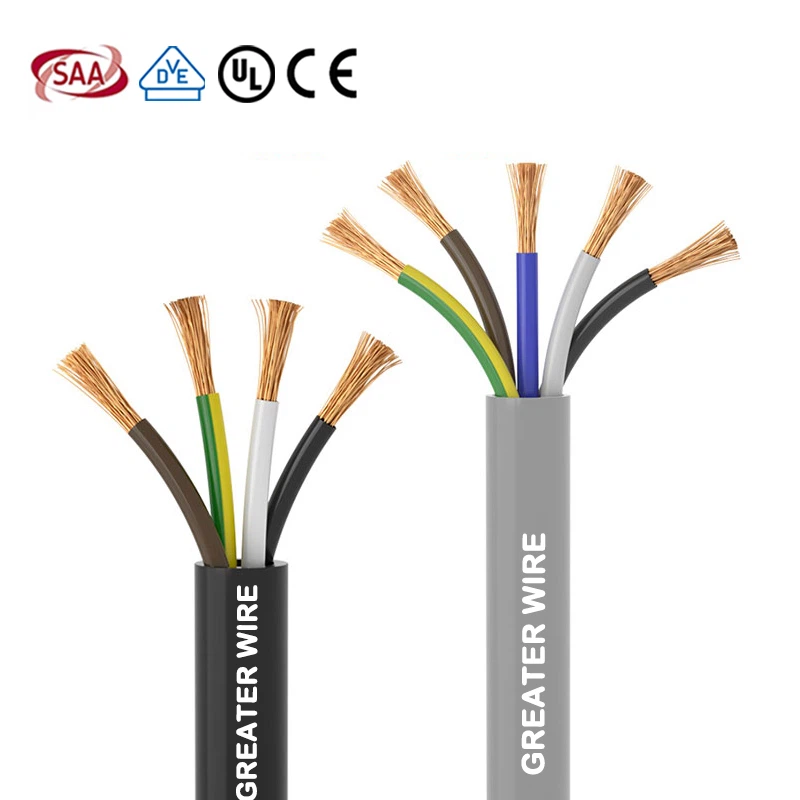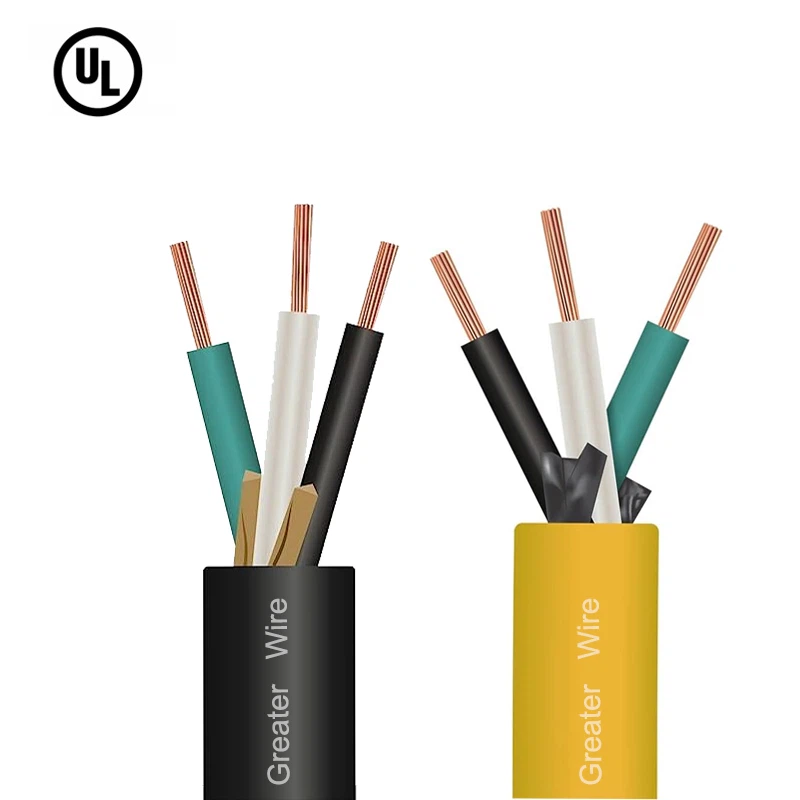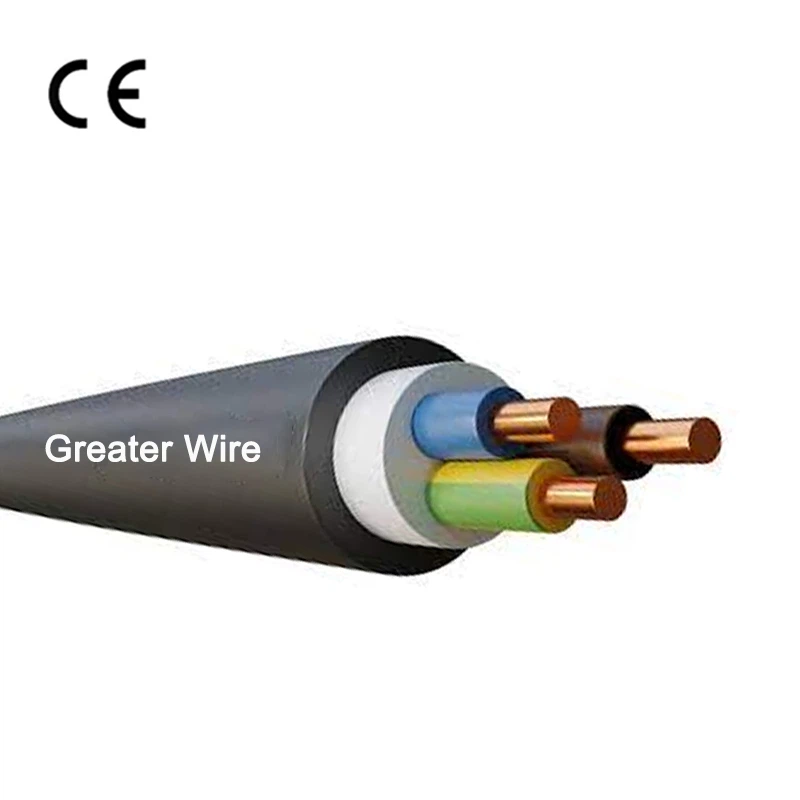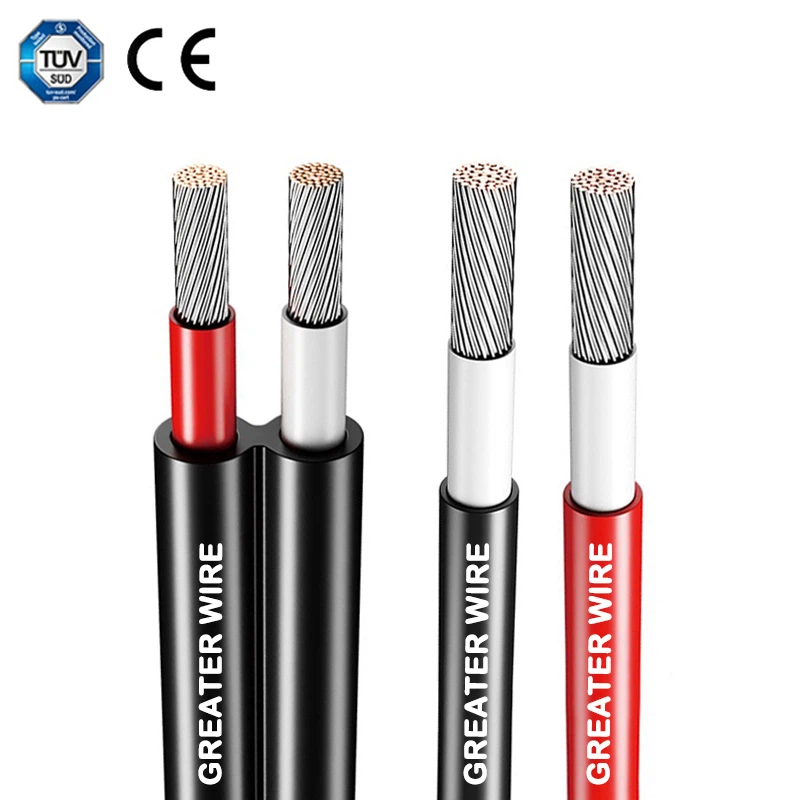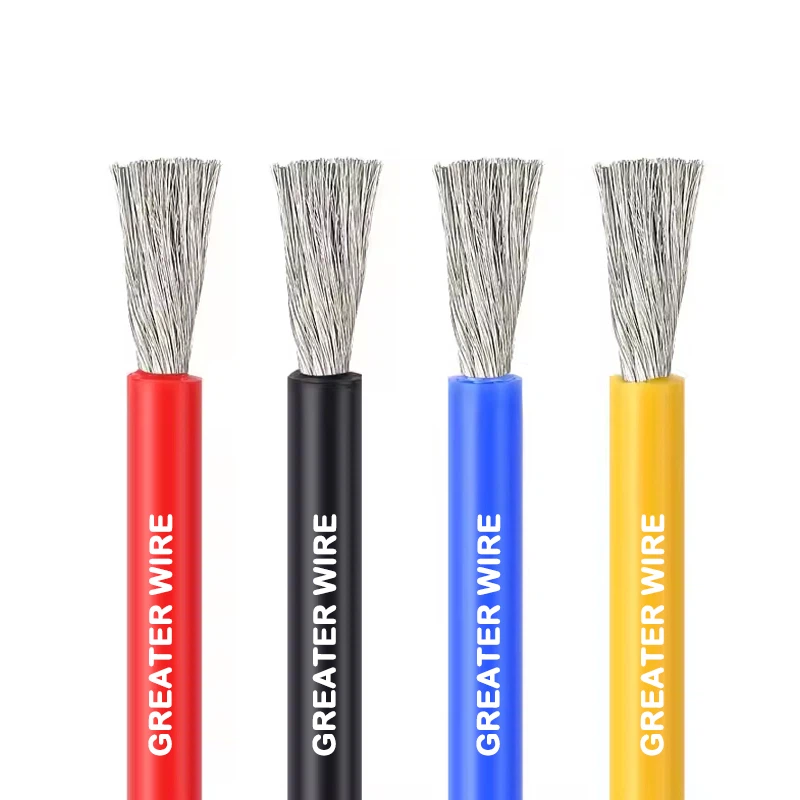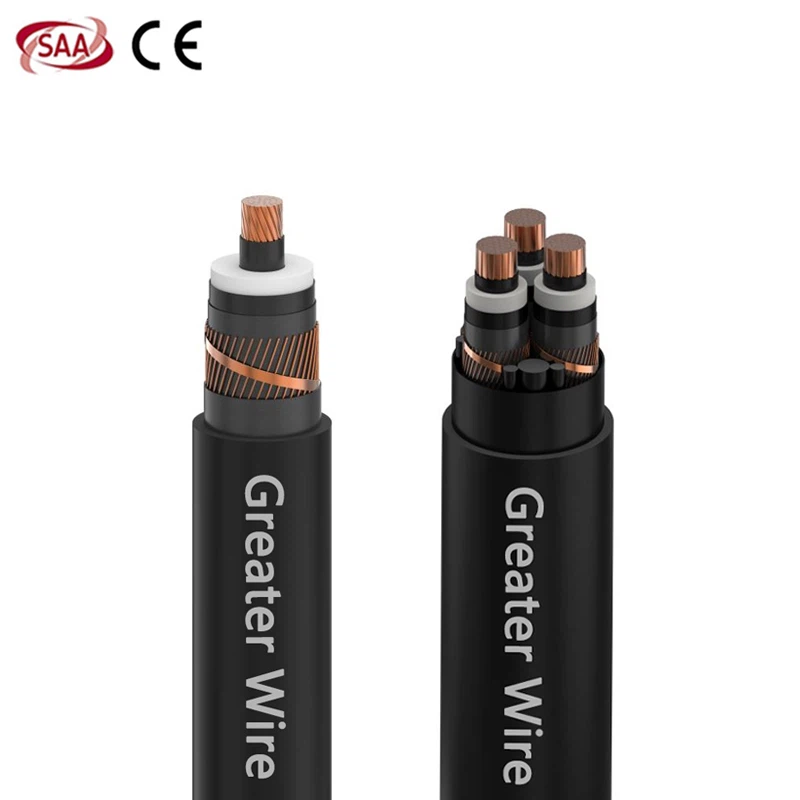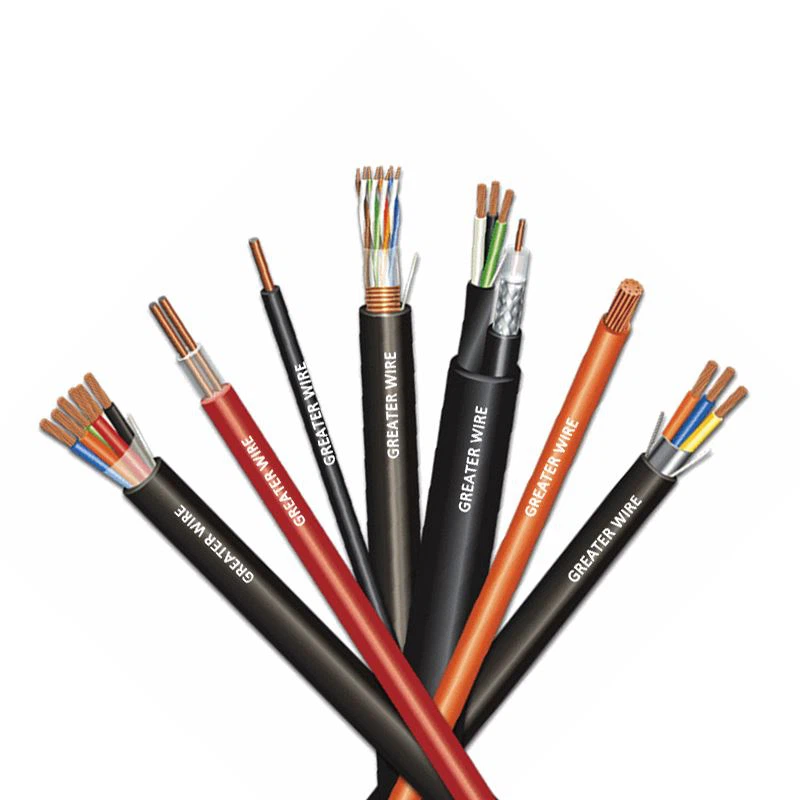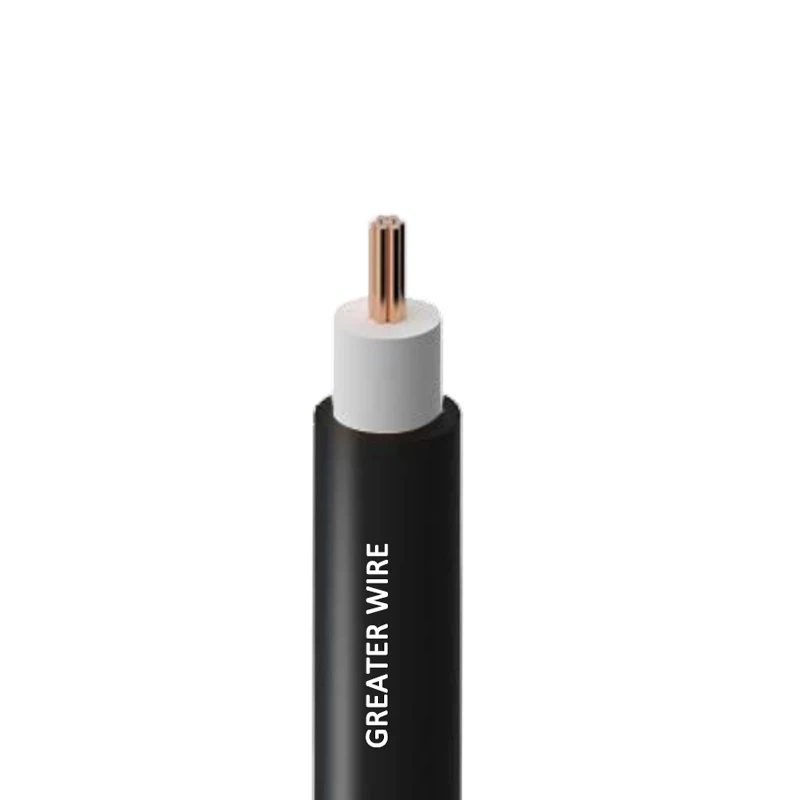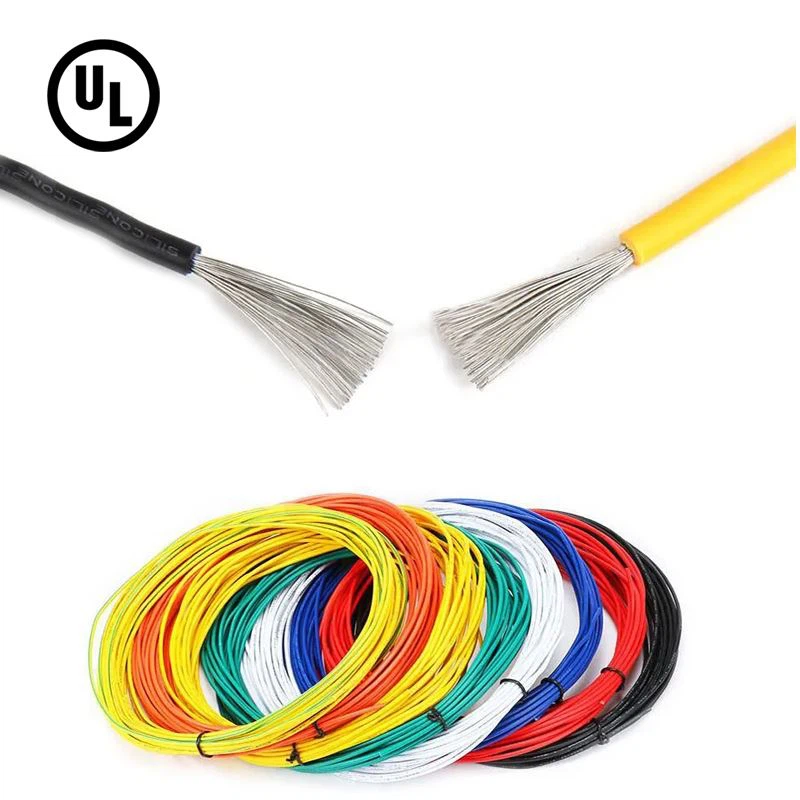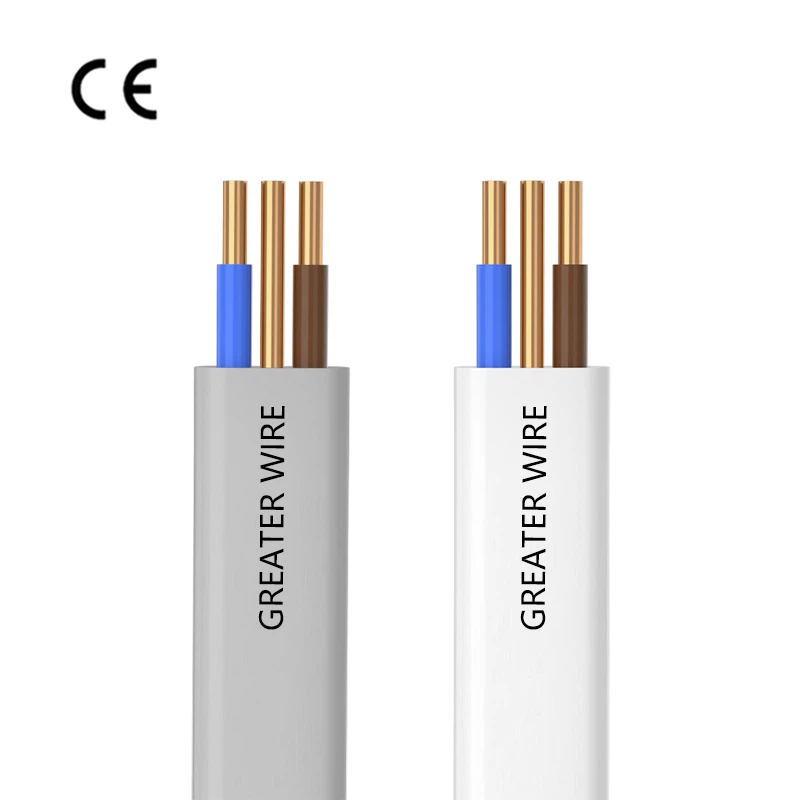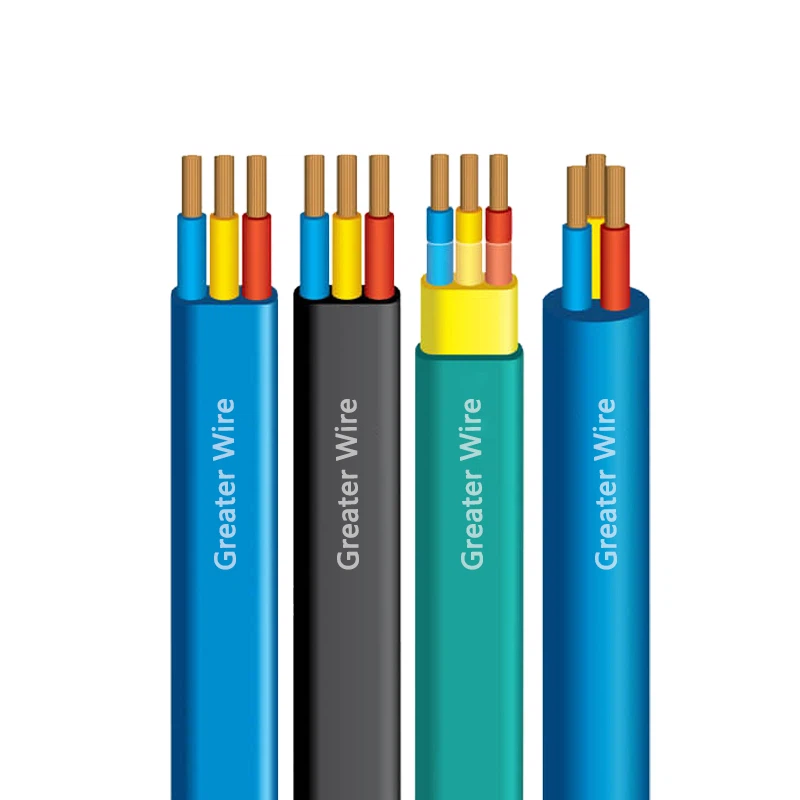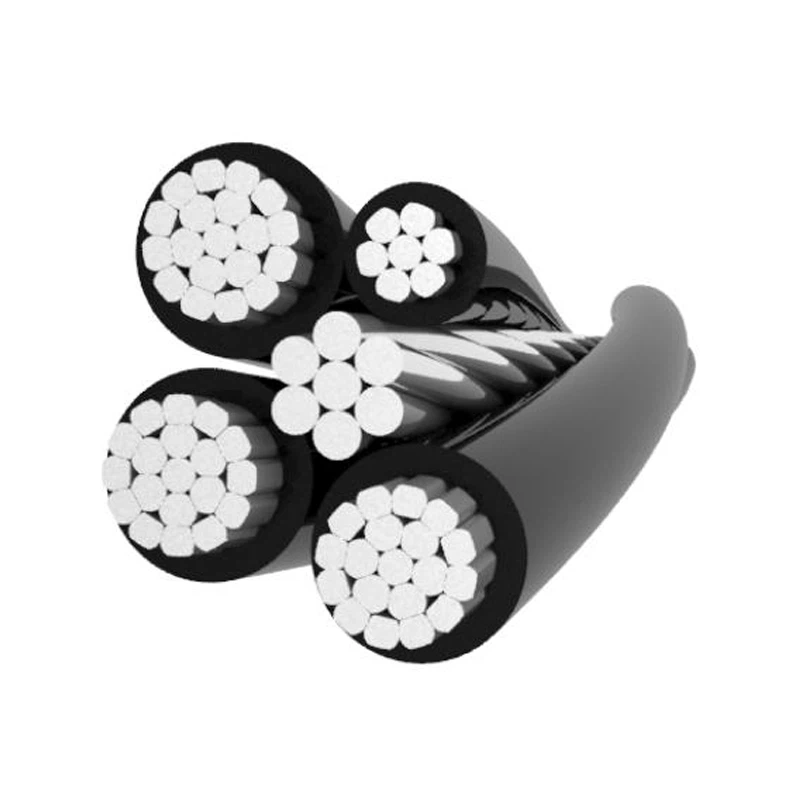1. Definitions of XHHW and XLPE
1.1 What is XHHW?
XHHW stands for "Cross-Linked High Heat and Water-Resistant Wire." The "X" refers to the cross-linking process that enhances the cable's heat resistance and physical strength. XHHW cables are typically used in environments that require high-temperature tolerance and moisture resistance. Key characteristics of XHHW include:
High Heat Resistance: XHHW cables are generally rated for a maximum operating temperature of 90°C, making them suitable for moderately high-temperature environments.
Water Resistance: These cables perform well in damp or wet conditions, thanks to their robust outer insulation.
Physical Durability: XHHW cables are designed to withstand mechanical stress and are resistant to chemical damage.
1.2 What is XLPE?
XLPE stands for "Cross-Linked Polyethylene," a type of cable insulation made from polyethylene that has undergone a cross-linking process. This cross-linking improves the cable's thermal stability, electrical performance, and resistance to mechanical damage. The main features of XLPE cables are:
High Temperature Performance: XLPE cables typically operate at temperatures ranging from 90°C to 105°C, and some versions can handle even higher temperatures.
Superior Electrical Insulation: XLPE provides excellent electrical properties, reducing power loss and enhancing current-carrying capacity.
Aging Resistance: XLPE cables are more resistant to aging and ultraviolet radiation, making them ideal for outdoor applications.
2. Key Differences Between XHHW and XLPE
2.1 Material Composition
The materials used in XHHW and XLPE cables differ significantly, which affects their overall performance and applications.
XHHW: The insulation is made from cross-linked polyethylene (PE) combined with other additives, while the outer layer is often made of enhanced polyolefin material. This composition makes XHHW cables durable and suitable for high-temperature, moist environments.
XLPE: XLPE cables are made with 100% cross-linked polyethylene, giving them superior electrical properties and excellent resistance to oxidation.
2.2 Heat Resistance
XHHW cables are typically rated for a maximum continuous operating temperature of 90°C, which is suitable for moderate-temperature environments. On the other hand, XLPE cables are capable of withstanding higher temperatures, typically between 90°C and 105°C, and some versions can endure even more extreme conditions.
XHHW: Best suited for environments with moderate temperature conditions.
XLPE: More suitable for high-temperature applications where the cable needs to operate continuously at higher temperatures.
2.3 Water and Oil Resistance
XHHW cables are known for their excellent water resistance, making them ideal for use in damp or underground environments. The outer polyolefin layer prevents moisture from penetrating the cable and causing short circuits. Conversely, XLPE cables are more focused on electrical performance and offer good oil resistance, but they do not perform as well in waterlogged conditions.
2.4 Electrical Performance
XLPE cables typically offer better electrical performance than XHHW cables. XLPE's cross-linked polyethylene insulation significantly reduces power loss and enhances the cable's current-carrying capacity, making it ideal for high-voltage and long-distance power transmission.
XHHW: Suitable for low- to medium-voltage electrical systems and typically used in residential and commercial power distribution.
XLPE: Commonly used in high-voltage power transmission systems due to its superior electrical and thermal properties.
3. Applications of XHHW and XLPE
3.1 Applications of XHHW
XHHW cables are widely used in residential, commercial, and industrial power distribution systems. Their high heat resistance and excellent moisture protection make them an ideal choice for environments that are subject to both high temperatures and humidity.
Case Study 1: In a commercial building's power distribution system, XHHW cables were selected because the environment is often exposed to high humidity and temperature fluctuations. The cables provided both temperature tolerance and moisture protection, ensuring reliable power delivery.
3.2 Applications of XLPE
XLPE cables, with their high electrical performance and heat resistance, are commonly used in high-voltage power transmission and long-distance electrical supply systems. They are often the preferred choice in large industrial setups and power plants due to their exceptional durability and electrical properties.
Case Study 2: In a large power generation plant, XLPE cables were used for the high-voltage transmission lines connecting the power plant to the main grid. The cables were chosen for their ability to handle high electrical loads and their heat resistance, which was critical for the plant's continuous operation under demanding conditions.
4. Factors to Consider When Choosing XHHW or XLPE
When deciding whether to use XHHW or XLPE cables, there are several key factors to consider:
4.1 Cost
Generally, XHHW cables are more affordable, making them suitable for residential and commercial applications where the voltage and environmental conditions are less extreme. XLPE cables, while more expensive, offer better electrical performance and higher heat resistance, making them the more cost-effective option for high-voltage or industrial applications.
4.2 Environmental Conditions
XHHW: Best suited for environments where the cable will be exposed to high heat and moisture, such as underground installations or areas with high humidity.
XLPE: Ideal for applications that require high-voltage transmission and areas exposed to higher temperatures or demanding conditions.
4.3 Technical Requirements
For projects involving high electrical loads, XLPE is often the best choice due to its superior electrical insulation and high current-carrying capacity. XHHW, on the other hand, is a more practical choice for standard power distribution in residential and commercial settings.
5. Frequently Asked Questions
1. Can XHHW cables replace XLPE cables?
XHHW cables are suitable for low- to medium-voltage applications, while XLPE cables are designed for high-voltage systems. Therefore, XHHW cannot fully replace XLPE, especially in high-voltage or industrial applications.
2. Which cable is better for outdoor use, XHHW or XLPE?
XHHW cables are generally better for outdoor applications, especially in wet environments, due to their superior water resistance.
3. Are there significant maintenance differences between XHHW and XLPE cables?
XHHW cables are easier to maintain in humid environments, while XLPE cables require more careful monitoring of their electrical performance, especially at higher temperatures.
4. Do XHHW and XLPE cables have different voltage ratings?
Yes, XLPE cables are designed for higher voltage environments, while XHHW is typically used for lower to medium voltage applications.
Dongguan Greater Wire & Cable Co., Ltd. optimizes production processes and purchases raw materials in bulk to provide you with RW90 cable solutions at a better price without sacrificing performance. We firmly believe that safety and cost-effectiveness can be achieved at the same time. Contact us to get a quote and specification sheet immediately, so that every penny is worth spending and every project is worry-free.



